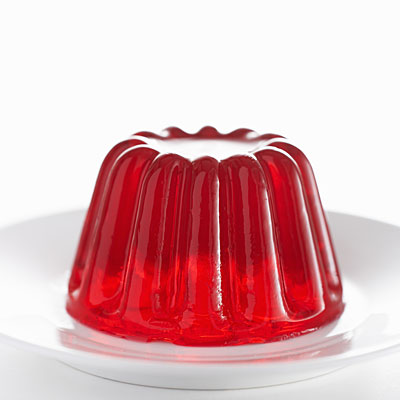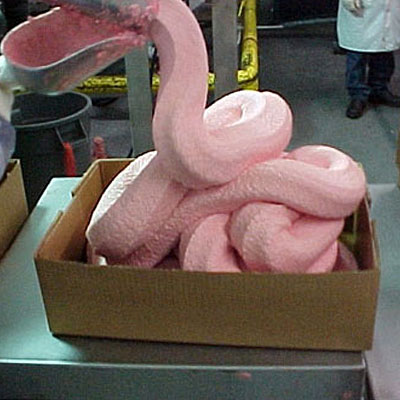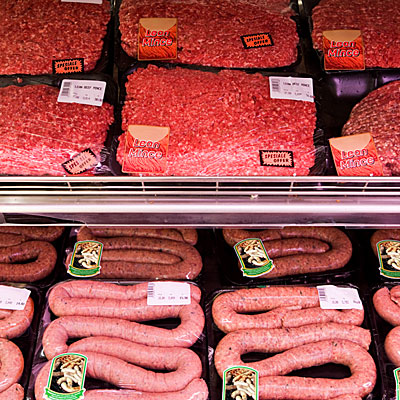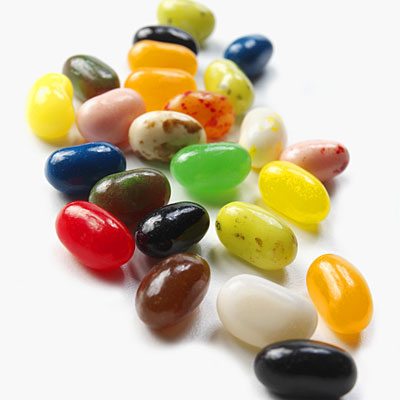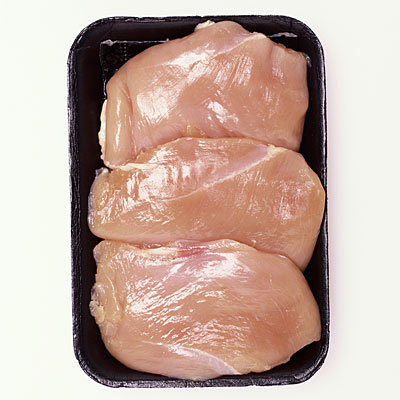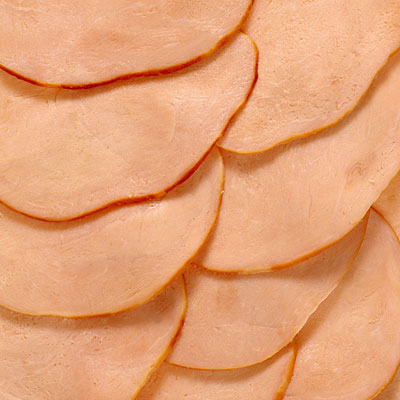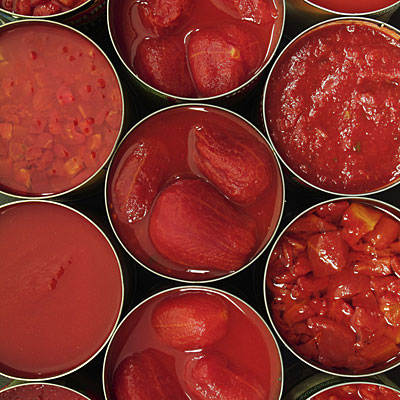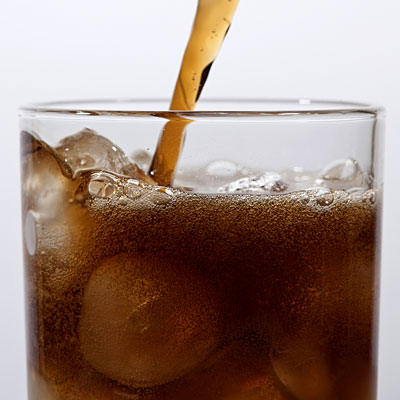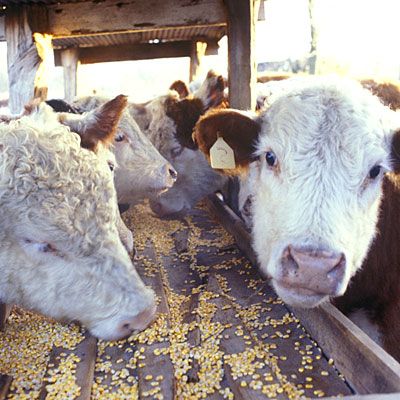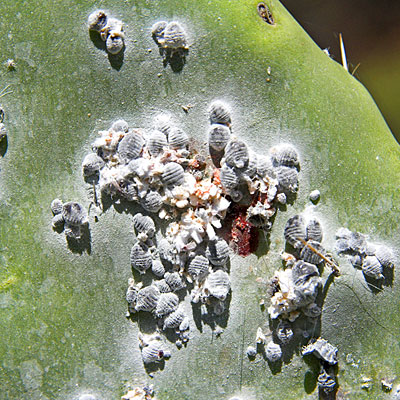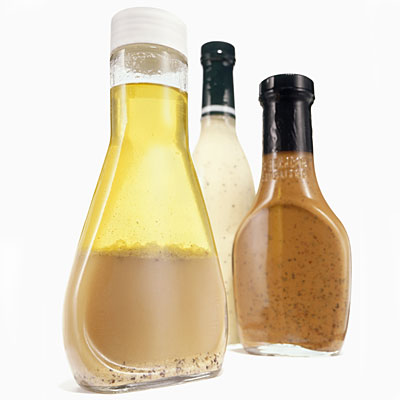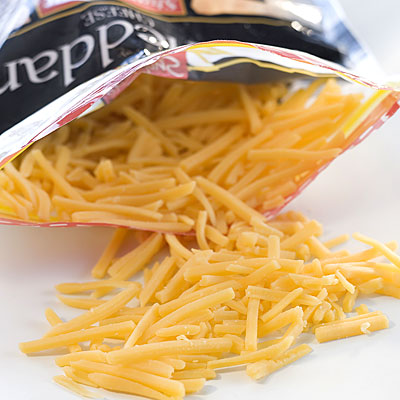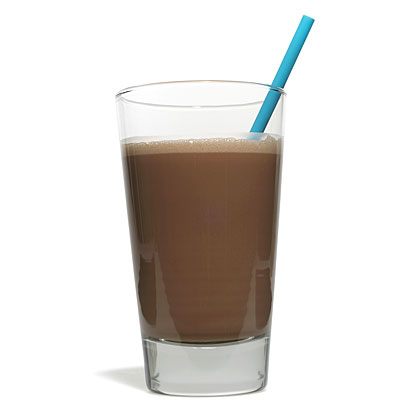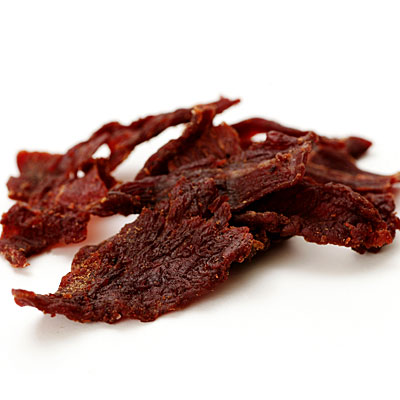Peppermint Essential Oil
100% pure at some of the best wholesale prices onlineWe currently carry two versions of peppermint. Japanese and Supreme.
Peppermint Supreme Essential Oil has strong minty notes with herbaceous warm undertones.
Peppermint Japanese Essential Oil has a sharp, penetrating mint scent based on its high menthol content.
For larger quantity wholesale essential oil quotes, please contact our home office. We pride ourselves on offering the best quality and prices anywhere online.
What is it?Peppermint oil is native to Japan: also known as ‘mentha arvensis’ and is found in countless U.S. household products. It has a high concentration of natural pesticides, one in particular is menthone. This yellow oil is steam distilled directly from the herb and although it is most commonly found in liquid form, it can also be seen in capsules or tablets in many health food stores. Peppermint oil is high in omega-3 fatty acids, Vitamin A, C, minerals, manganese, iron, calcium, magnesium, folate, copper and potassium. |
Peppermint Oil has been used for centuries in many ways that have benefitted mankind. Extensive research in recent years has only supported the time honored uses of peppermint and it is through its fantastic benefits that it has become an essential item for any health advocate. The historical uses and research done on the benefits of it all have come to the conclusion that peppermint is one of the most naturally beneficial plants in the world.
The History of Peppermint Oil
The history and uses of peppermint oil have been dated back to 1000 B.C in Egypt as well as ancient Asia. Early Egyptian, Chinese and Japanese cultures used peppermint plants and oils for their healing and restorative properties and in Greek mythology, it is said that the god Hades/Pluto transformed a nymph into the peppermint plant. Today the plant’s scientific name is still titled after the nymph, being called Mentha Piperita.Although it has been used throughout the world, the peppermint plant is a native to the Mediterranean and can most prominently be found in gardens in North American and European Countries. Commonly referred to as the world’s oldest medicine, this cross between a spearmint and water mint plant is used in soaps, shampoos, ice cream and toothpaste as well as used for medical reasons.
The Benefits and Uses
Peppermint oil has been used for medical purposes as well as in different industries for centuries but until recently, the positive qualities hadn’t been measured. Once scientists took the initiative to research the properties of it, they found conclusive evidence that matched with the wise instruction of the medicine men of the past. Today, health care physicians recommend peppermint oil to patients suffering from Irritable Bowel Syndrome (IBS,) indigestion, heart burn and nausea amongst other physical ailments.As a Natural Health Supplement
This yellow and potent oil is made up of strong A and C vitamins as well as healthy mineral supplements of iron, potassium, magnesium, manganese, omega 3 fatty acids, calcium and copper. This makes it a natural health supplement that combats symptoms of illness such as an upset stomach, a blocked respiratory tract, headaches, stress and pain.
For those suffering from an upset stomach, it relieves gas and spasms for the stomach and can be easily incorporated into a diet by adding a few drops of the oil into a glass of water. The strong menthol found in peppermint oil also instantly clears a respiratory tract of back up and blockage. Many people use it to combat colds, asthma and more serious illnesses such as bronchitis.
To relieve headaches and pain, it also acts to revitalize the body and block stress and headaches from occurring.
For Health Vitality
The vitality of spirit and health that is rejuvenated through peppermint oil is astounding. Peppermint baths and scents are said to relax the user and lower their stress levels while the health benefits include opening air passages and headache relief. Energy and alertness can be achieved by a simple drop of oil under the tongue. Also, it is said to boost concentration and clarity for those looking to feel better naturally.
In Home Remedies
Amongst the medical benefits, it also is helpful around the home. When combined with other natural ingredients, it is used in organic household cleansing sprays and for insect repellent. Natural peppermint sprays provide the alert and medical benefits while leaving a home clean, bug free and smelling wonderful. Check out our blog for creative uses for peppermint essential oil.
For Hair and Skin Care
Peppermint deters lice and dandruff while providing a tingling and cooling sensation to the hair follicle on the head. This promotes hair growth as well as balances the PH levels on the head for healthy and shiny hair. Not to mention the invigorating sensation that this all natural oil will bring to your daily routine.
or skin care, it tends to decrease the production of oil, resulting in less oily and clearer skin for the user. Working with its added health benefits, peppermint oil is ideal for those seeking to look and feel their best naturally.
Recent Research
Italian researchers in 2007 found conclusive evidence that peppermint oil, when given in the form of capsules to IBS patients, is a natural cure for stomach health problems. 78% percent of the study’s patients who were given the capsules reported health increase and a large decrease in the symptoms of irritable bowel syndrome over a four week period. Iranian studies in 2011 found evidence that concurred with the 2007 Italian research and in 2011, it was found that peppermint oil flows through an anti-pain channel called TRPM8, which assists in the relaxation and pain relief that peppermint oil provides.
Thousands of people throughout the world have seen and felt the firsthand effects of using peppermint oil and through continued research and use, it may become even further embedded into our society as a naturally healing medicine.
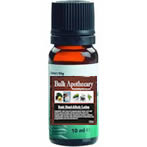 |
Application: -Add a drop to your tea or beverage for digestion/stomach issues. -You can apply approximately 5 drops over your stomach for indigestion/stomach problems. -Massage the oil on muscle or joint pain to alleviate inflammation/pain. -When Massaged into the bottom of your feet it will help with fever reduction. -When applied onto skin it can prevent/stop itching. -Inhale the fumes and aroma for mood/mental issues. -Rub productu onto forehead, temples and sinus area for pain relief. -Mix a few drops into your bathwater for calming aromatherapeutic effects. -You can even apply directly to scalp to help aid with itching. |
Blending:
Peppermint Essential Oil can be successfully blended best with Sandalwood Essential Oil, Basil, Bergamot, Cajeput, Cedarwood, Eucalyptus Essential Oil, Lemon, Lime, Mandarin, Marjoram, Niaouli, Pine, Rosemary, Spearmint, Lavender Oil and Thyme Essential Oils.Disclaimer:The strong aroma and menthol content should be avoided during pregnancy.
source -- http://www.bulkapothecary.com/essential-oils/peppermint-oil/
I have also found a Great priced Essential Oil distributor on ebay!
http://x.co/42Ulo



